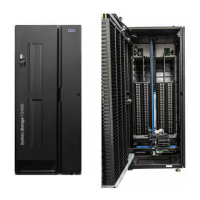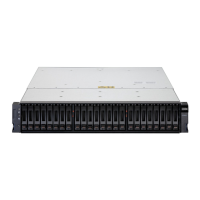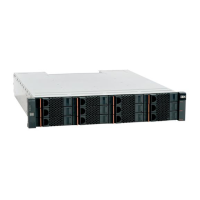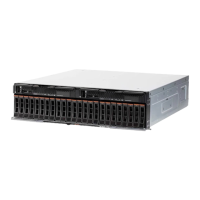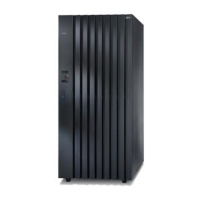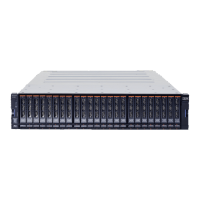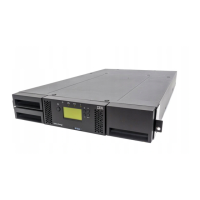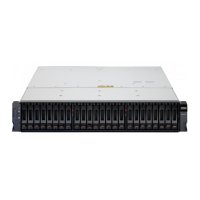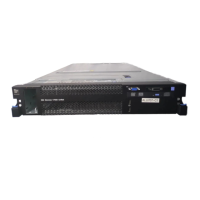172 IBM System Storage N series Hardware Guide
11.5 N series read caching techniques
The random read performance of a storage system depends on drive count (total number of
drives in the storage system) and drive rotational speed. Unfortunately, adding more drives to
boost storage performance also means the use of more power, cooling, and space. With
single disk capacity growing much more quickly than performance, many applications require
more disk spindles to achieve optimum performance, even when the more capacity is not
needed.
11.5.1 Introduction of read caching
Read caching is the process of deciding which data to keep or prefetch into storage system
memory to satisfy read requests more rapidly. The N series uses a multilevel approach to
read caching to break the link between random read performance and spindle count. This
configuration provides you with the following options to deliver low read latency and high read
throughput while minimizing the number of disk spindles you need:
Read caching in system memory (the system buffer cache) provides the first-level read
cache and is used in all current N series storage systems.
Flash Cache (PAM II) provides an optional second-level read cache to supplement system
memory.
FlexCache creates a separate caching tier within your storage infrastructure to satisfy read
throughput requirements in the most data-intensive environments.
The system buffer cache and Flash Cache increase read performance within a storage
system. FlexCache scales read performance beyond the boundaries of any single system’s
performance capabilities.
N series deduplication and other storage efficiency technologies eliminate duplicate blocks
from disk storage. These functions ensure that valuable cache space is not wasted storing
multiple copies of the same data blocks. Both the system buffer cache and Flash Cache
benefit from this “cache amplification” effect. The percentage of cache hits increases and
average latency improves as more shared blocks are cached. N series FlexShare software
can also be used to prioritize some workloads over others and modify caching behavior to
meet specific objectives.
11.5.2 Read caching in system memory
Read caching features the following distinct aspects:
Keeping “valuable” data in system memory
Prefetching data into system memory before it is requested
Deciding which data to keep in system memory
The simplest means of accelerating read performance is to cache data in system memory
after it arrives there. If another request for the same data is received, that request can then be
satisfied from memory rather than having to reread it from disk. However, for each block in the
system buffer cache, Data ONTAP must determine the potential “value” of the block. The
following questions must be addressed for each data block:
Is the data likely to be reused?
How long should the data stay in memory?
Will the data change before it can be reused?

